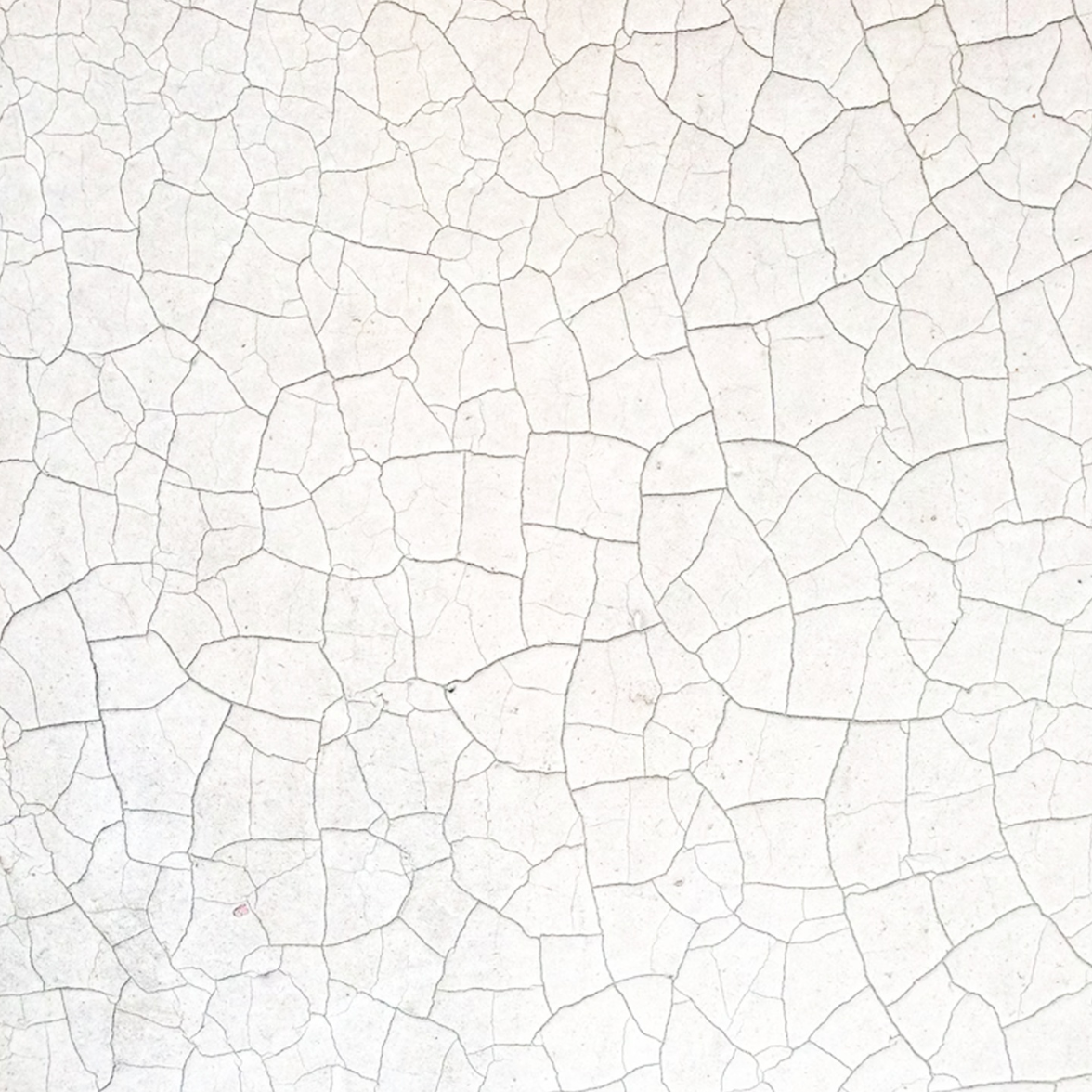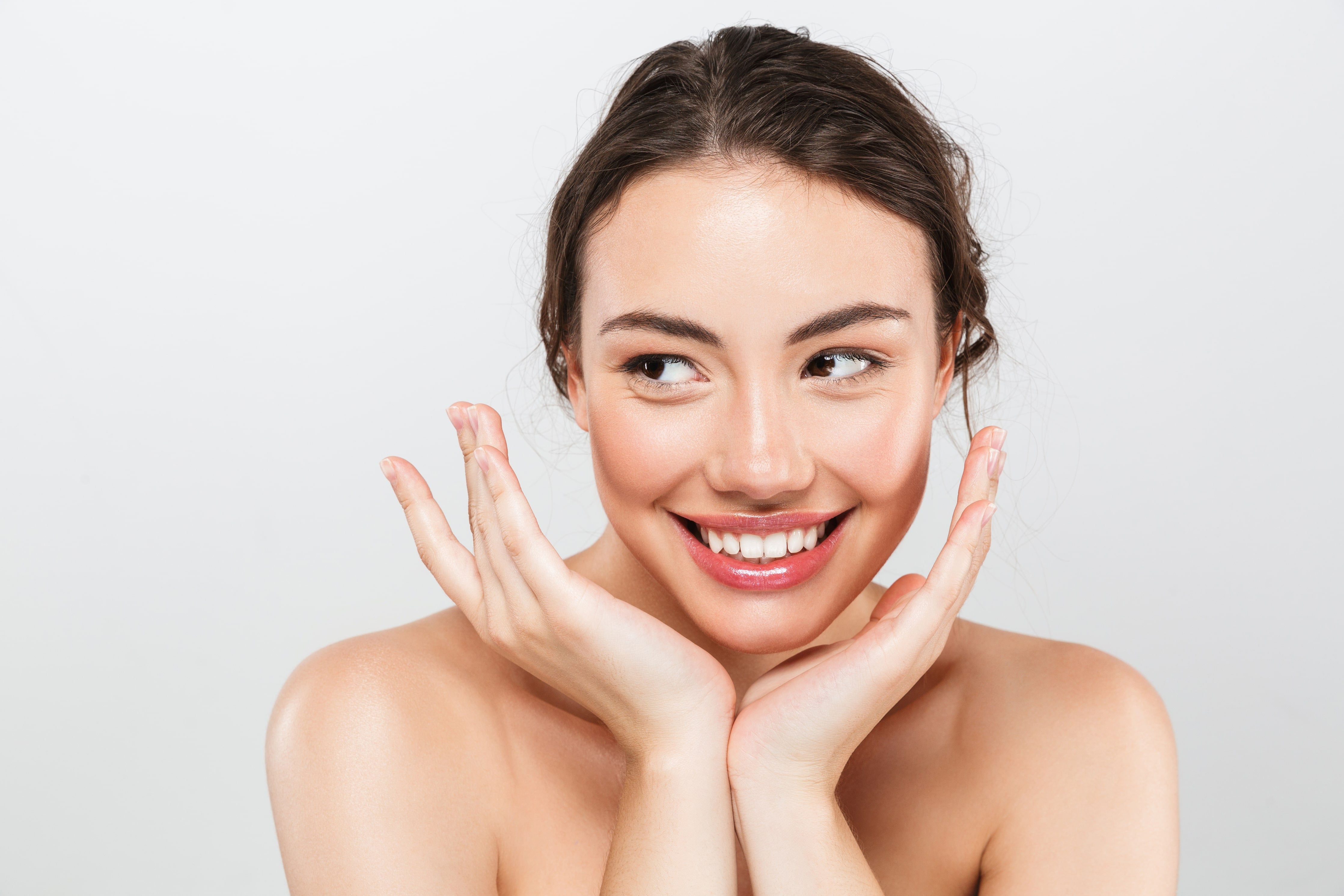The Discovery of Retinol’s “Miracle” Anti-aging Effects
It is likely that you’ve heard about the remarkable anti-aging effects of skin care products containing some form of retinol, and it is possible that you’ve purchased and used one of these products. But do you know what retinol is and how it works to improve and repair sun-damaged skin??
First of all, retinol is actually Vitamin A. This is critical vitamin used by almost all tissues of the body. It’s needed for proper embryonic development and regulates the development of the lungs, eyes and other tissues. It is also critically important for the development of your immune system. During your lifetime, Vitamin A is used by almost all organs and tissues to maintain normal cell functioning. Vitamin A is stored in the body as either Retinol or Retinol Esters (e.g. Retinyl palmitate, Retinyl oleate). You ingest these different forms of vitamin A with foods you eat (meat, poultry, fish and dairy products) and you also ingest the precursor to vitamin A, beta carotene, when you eat yellow, orange, and green leafy fruits and vegetables such as carrots, spinach, and tomatoes). Beta carotene is converted in the liver to Vitamin A and stored there along with retinol and retinol esters obtained from meat and dairy products. When Vitamin A is needed by the body, it is released from the liver and sent to peripheral tissues where it is converted into to RETINOIC ACID (Retin-A), which is the most potent form of Vitamin A.
Back in 1967, a medical school professor, Dr. Albert Kligman, carried out clinical studies that demonstrated the ability of topically applied retinoic acid (the potent form of Vitamin A) to effectively treat acne. With the publication of these and other clinical studies, the use of retinoic acid to treat acne became widespread. During the next few years, women that were given retinoic acid to use for their acne started reporting to their doctors that their wrinkles were going away, the skin felt firmer and “rosier”. This prompted Dr.Kligman and his colleagues to carry out a large clinical study (400 women) to investigate the effects of topical retinoic acid (called Retin-A) on skin aging. This study as well as others showed convincingly that topical Retin-A reduced wrinkles, improved skin texture, faded hyperpigmentation areas (“age spots”) and in general, “improved the quality of the skin”. The use of Retin-A as an anti-aging treatment was approved by the FDA as a prescription drug and the product was re-packaged under the brand name Renova®. So just exactly what is “Retin-A”, how does it work, and how is it related to the various forms of retinol found in non-prescription skincare products?
The Anti-aging Effects of Retin-A (retinoic acid)
Since the discovery of retinoic acid’s anti-aging effects in women using the product to treat their acne, hundreds of laboratory and clinical studies have been carried out to determine just how retinoic acid changes the skin. Below are some of the anti-aging effects of retinoic acid.
- Retinoic acid turns on the genes for collagen 1 and collagen 3, resulting in increased protein levels of these important skin proteins.
- Retinoic acid decreases the production of MMP-1 (collagenase), the enzyme that destroys collagen
- Retinoic acid increases production of Extracellular Matrix including elastin, hyaluronic acid, and fibronectin
- Retinoic acid increases proliferation (growth) of keratinocytes and decreases differentiation of keratinocytes
It is the effect of Retin-A on keratinocyte growth that makes the ingredient such an excellent treatment for aged and sun-damaged skin. A primary cause of wrinkled, weathered and “aged” skin is a breakdown in the organization of the cells (keratinocytes) that make up the epidermis and particularly the skin’s important “barrier” layer, which is called the stratum corneum. As we age (actinic aging), and particularly, if we spend a lot of time in the sun (photoaging), the intact structure of the epidermis breaks down, much like the crumbling of a brick wall. The skin’s surface can’t repair itself quickly or completely because the keratinocytes in the lower part of the epidermis don’t move to the surface rapidly enough to repair the damage. By increasing the proliferation rate of the keratinocytes in the epidermis, retinoic acid increases the number of keratinocytes in the skin as well as their movement to the skin’s surface. This accelerated growth rate repairs the “breaks” in the skin’s surface resulting in a visibly more youthful skin that has smooth texture, thicker epidermis, and fewer lines and wrinkles This effect, coupled with retinol’s increase in collagen and other extracellular matrix materials, results in a visibly smoother skin that looks (and is) younger.
Which Product to Use for Best Results: One with Retinoic Acid (Retin-A) or with Retinol?
As discussed above, the only FDA approved prescription drug for addressing skin aging is Retinoic Acid (Retin-A). In addition to “Renova®” there are now many generic forms of retinoic acid available. But since retinoic acid is a prescription drug, it’s not available on the shelves of skin care and cosmetic counters. The close relative of retinoic acid, retinol, is, however, available in many skin care products. So what is the relationship between retinol and retinoic acid? The flowchart below shows how retinol and retinol esters are converted into the active form, retinoic acid, after being applied to the skin. As you can see Retinol Esters, like Retinyl Palmitate or Retinyl Propionate have to first be converted to Retinol in the skin. The next step is the conversion of Retinol to Retinaldehyde. Retinaldehyde is then finally converted in the skin to the active and potent form of Viamin A, Retinoic Acid.

As we can see from the flowchart, if a Retinol Ester is applied to the skin topically it’s got a long way to go to become retinoic acid. And as you might guess, this conversion process is not 100% and some of the retinol ester is never converted to retinoic acid, the form of Vitamin A responsible for the anti-aging effects. This incomplete conversion process is the reason that skin care products containing either retinol or a retinol ester have to be formulated with a higher concentration of the retinoid (0.4-1.5%) than would be needed if retinoic acid was used (0.02-0.05%). But that doesn’t mean that Retinol or Retinol Ester products are ineffective. Recent studies have shown that products containing retinol can be very effective in reducing the signs of skin aging. In one study topical retinol used at 0.4% provided excellent anti-ageing effects. Retinol (0.4%) increased epidermal thickness by stimulating proliferation of the cells (keratinocytes) that are the major cell type in this skin layer and are the cells that provide the strong surface barrier (stratum corneum). This concentration of retinol was also found to strengthen the extracellular matrix (ECM) of the dermis by increasing the production of collagen, elastin and fibronectin. Finally, topical retinol increased vascularity to the skin thereby increasing blood and nutrient flow to the skin. In fact, studies on 0.4% Retinol found that it was as effective as a topical formulation containing 0.02% retinoic acid (Retin-A). While these studies were done with topical retinol similar studies have shown that Retinol Propionate is also effective in producing the same anti-aging effects seen with Retin-A. However, two retinol esters, Retinol Palmitate and Retinol Acetate have been found to be almost completely inactive and provide little or no anti-aging benefits. In addition to these well-known forms of Vitamin A that are used in many skin care products, two newer retinoids on the market are Retinyl Retinoate and Hydroxypinacolone Retinoate ( trade name Granactive Retinoid). These are esters of retinoic acid (Retin-A; the most active form) and are available without a prescription. At present, there is not a lot of scientific data on their effectiveness.
Retinol Products Can Be Irritating
Is there any advantage in using a Retinol or Retinol Ester product over using retinoic acid (Retin-A) prescription drugs? As it turns out there is. One of the significant downsides to using a topical retinoic acid product is that this form of Vitamin A can be very irritating to the skin and causes skin burning, dryness, sun sensitivity, and dermatitis. In fact, these side effects are the reason that over 30% of patients who have tried a prescription retinoic acid product stop using it. Although topical retinoic acid products provide the most irritation, as physicians and most consumers are aware, any form of Vitamin A, including retinol, retinaldehyde and retinol esters can cause some irritation, redness and dryness when applied topically, but not nearly as much irritation as retinoic acid. In summary skin irritation from retinol products can be arranged in decreasing order of irritation as follows: Retin-A (most irritating)>>>Retinaldehyde>>>Retinol>>>Retinol Esters.
How to Select a Retinol Product
When you are considering purchasing a cosmetic (not prescription) retinol product the following points should be considered:
- What form of Vitamin A is in the product? If it contains Retinol, Retinol Propionate, Retinyl Retinoate, or Granactive Retinoid, it will very likely provide good results. If it contains either Retinol Palmitate (often spelled Retinyl Palmitate) or Retinol Acetate (Retinyl acetate), it is not going to be effective and will likely not produce any noticeable improvement.
- How much Vitamin A should the product contain? The amount of retinol that is needed in a formulation to be effective is largely dependent on how efficient the formulation is at delivering the retinol into the skin. Generally, concentrations of 0.5% retinol or 1% Retinol ester should provide satisfactory benefits. If the product it contains a mixture of retinol and retinol propionate it will not only provide excellent benefits.Products containing small amounts of retinol (0.1%) are likely not going to be effective.
- What is the stability of the Vitamin A in the formulation? Retinol is very unstable and oxidizes easily. It is easily degraded in any water based product like a lotion or cream. It is susceptible to being destroyed by the oxygen in water based products, and by temperature and sunlight. Retinyl esters are much more stable in formulations than retinol, but are essentially “pro-hormones” that have to be converted to retinol in the skin. For any product you are considering purchasing, if the retinol is not “sequestered” away from the water in the product (e.g. put inside a liposome) the product will have a very short shelf-life. On the other hand, products that contain NO WATER, are ideal formulations for retinol. Without water, and its oxidizing potential retinol has a very long shelf-life. Product packaging that allows a lot of air into the product (e.g. jars). Also contributes to the breakdown of retinol. Adding antioxidants to the formulation can help preserve stability. But the most stable formulations are those that don’t contain ANY water.
DermaMedics’ Retinol Perfecting Serum: The Gentle Retinol Solution
DermaMedics has designed a high strength Retinol product that is extremely gentle to the skin and does not cause the negative side effects commonly seen with other retinol products.
- This unique product is formulated with a 1.5% complex of Retinol and Retinyl Propionate, two of the most active forms of retinol. By using two different forms of Retinol, DermaMedics has been able to create a product that releases the two different retinols into the skin at different rates thereby creating “time release” form of retinol product that will provide benefits all day long.
- In addition to these two retinols the complex contains Therosol®, DermaMedics’ patented antioxidant that has been clinically shown to improve skin texture, calm skin and reduce the appearance of facial redness. This “tri-complex” is sequestered in the microvesicle oil phase of a gentle silicone based serum.
- There is NO WATER in the product, and because of this the retinol complex is completely stable for 2 years or longer.
- To ensure optimum delivery of these two retinols and Therosol® to the skin, the formulation has been engineered with “bioactive phase delivery”. When applied to the skin, the three ingredients of the complex are released from microvesicles onto the skin at high concentration. Because the Therosol® blocks the irritation effects of retinol, the result is a very high strength product that is extremely gentle.
If you have sensitive skin and have tried other retinol products but stopped using them because of irritation, you can feel confident in trying Retinol Perfecting Serum. This product rapidly improve the visible appearance of sun-damaged skin in days, not weeks, and will do it without redness, irritation, dryness or burning. We offer a free sample kit that contains this remarkable product so you can try it risk free. Once you use Retinol Perfecting Serum you will never order ANY other retinol product.
Clinical Results Prove the Gentleness and Effectiveness of Retinol Perfecting Serum
Retinol Renewal Serum is GENTLE and the effects are RAPID. As shown in the graph below results from clinical evaluations of this product have shown that:
96% of patients experienced NO Redness
- 96% of patients experienced NO Irritation
- 100% of patients experienced NO Dryness
- 96% of patients saw visible improvements in 14 days or less.
- 92% of patients found the product to be MUCH GENTLER than other Retinol products.







